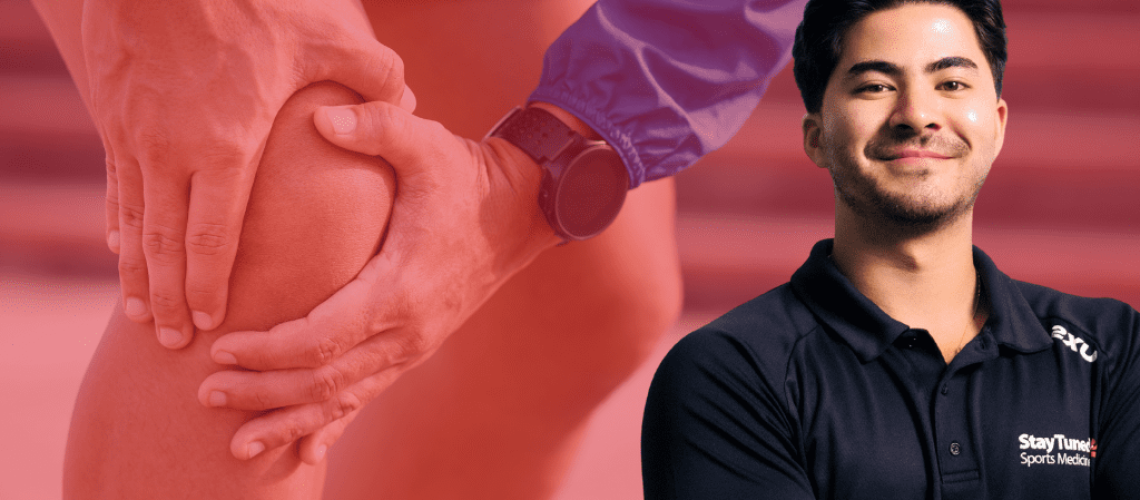Feeling flat, sore, or constantly run down – even though you’re training hard? It might be overtraining. Overtraining is something we commonly see in clinic, especially in people juggling training, busy lives, and not enough recovery.
Here’s how your body might be waving the red flag – and how an osteopathic approach can help you bounce back stronger.
Common Signs of Overtraining
Your body’s not just being dramatic – it’s asking for help. Here are some classic signs of overtraining we often pick up during assessments:
- Persistent muscle soreness or tightness (even with rest)
- Drop in performance despite consistent training
- Poor sleep quality or trouble falling asleep
- Mood swings or irritability
- Frequent colds or slower recovery from illness
- Nagging injuries that won’t quite settle
- Increased resting heart rate or abnormal heart rate response to exercise
- Low energy or motivation, especially during workouts
If you’re ticking off more than one of these, your body might not be adapting to training – it’s fighting it.

What’s Actually Happening in Your Body?
Overtraining isn’t just “doing too much.” It’s doing more than your body can currently recover from. That overload builds up – and when recovery is poor (think sleep, nutrition, hydration, stress), systems like your nervous system, hormones, and immune function take a hit.
From an osteopathic perspective, this can show up as:
- Dysfunctional movement patterns
- Compensatory muscle tension
- Joint restriction or stiffness
- Nervous system fatigue (poor proprioception, clumsiness, lack of “spring”)
The longer this lingers, the harder it is to bounce back – and the higher the risk of injury.
How Osteopathy Can Help
Our goal in clinic isn’t to tell you to stop training. It’s to help your body recover more efficiently and adapt better to what you’re doing.
Some of the ways we support recovery include:
- Manual therapy to reduce muscle tension and restore joint mobility
- Neurovascular work to help calm the nervous system
- Breath work + rib mobility to improve oxygenation and recovery
- Movement assessments to spot poor patterns before they cause injury
- Load management advice to help you train smarter, not less
Recovery Isn’t Lazy – It’s a Skill
You don’t need to stop training altogether. But adjusting your recovery strategy could be the difference between constant plateaus and long-term gains.
Recovery ideas to try:
- Active recovery days (walking, mobility, swimming)
- Getting 7–9 hours of quality sleep
- Tracking training loads (volume, intensity, frequency)
- Nutrition support (adequate protein, carbs, hydration)
- Booking in for treatment when your body’s whispering – not screaming
Final Thoughts
Overtraining is common – but it’s not inevitable. Your body is designed to adapt and get stronger – it just needs the right balance between stress and recovery.
If you’re starting to feel stuck, sore, or sluggish despite your best efforts, it might be time to check in. A session with an osteo can help reset your system, guide your recovery, and keep you doing what you love without burning out.
Dr Michael Caruana
Osteopath
E: Michael.Caruana@staytuned.com.au


